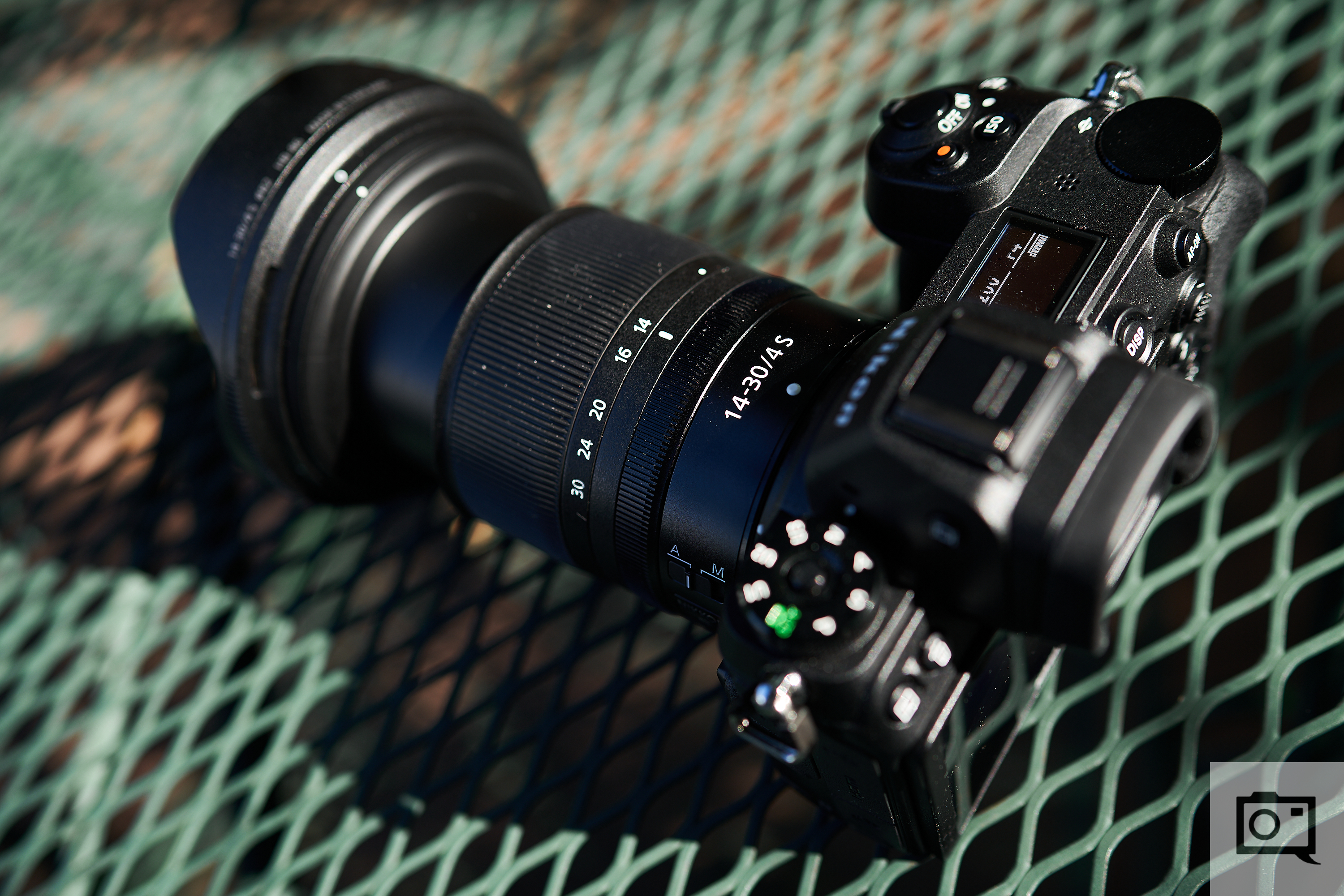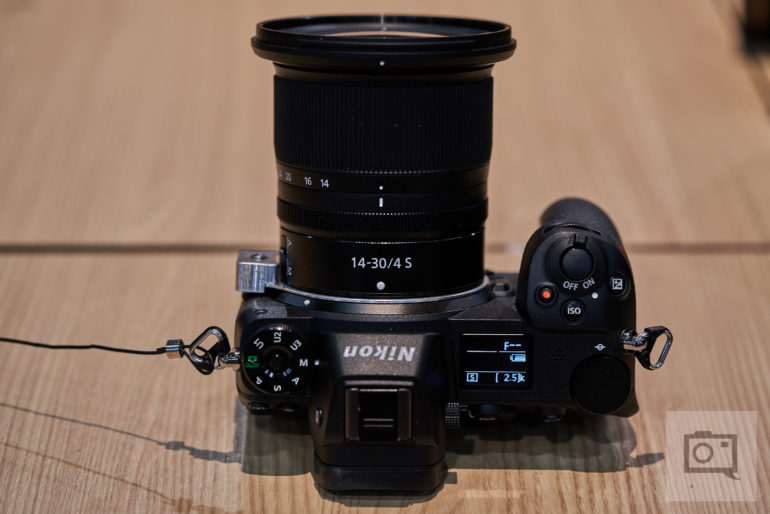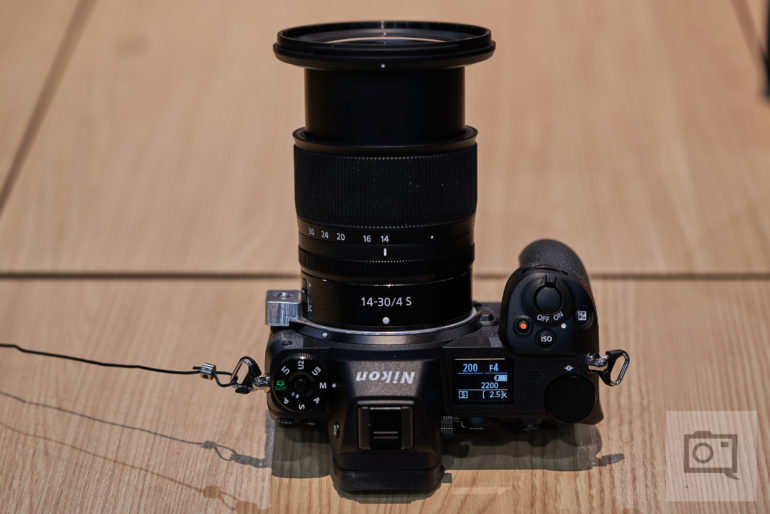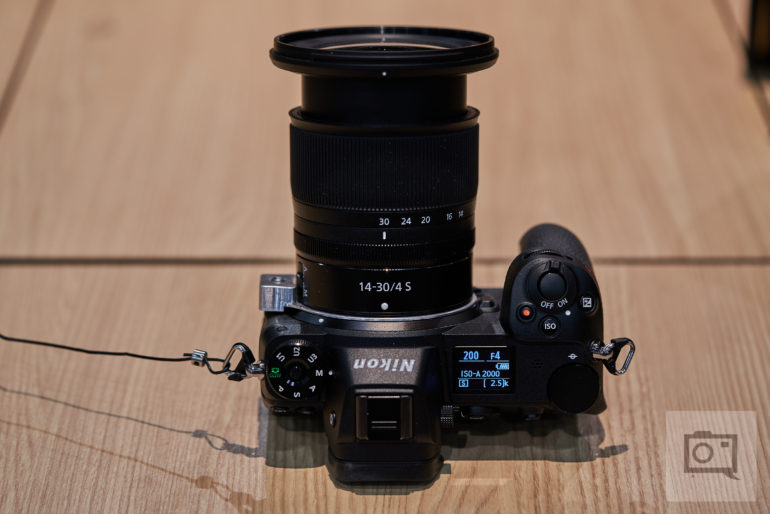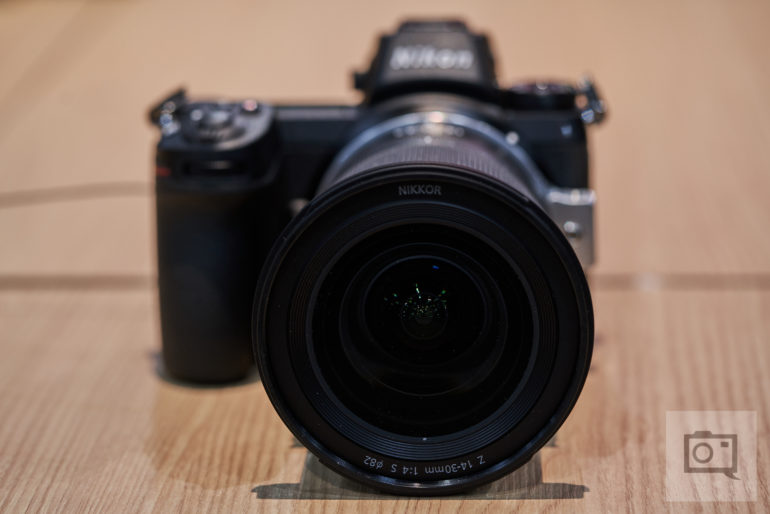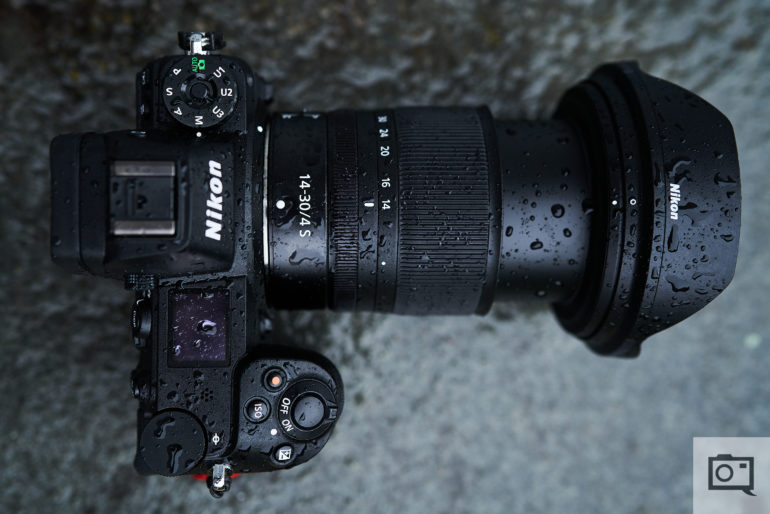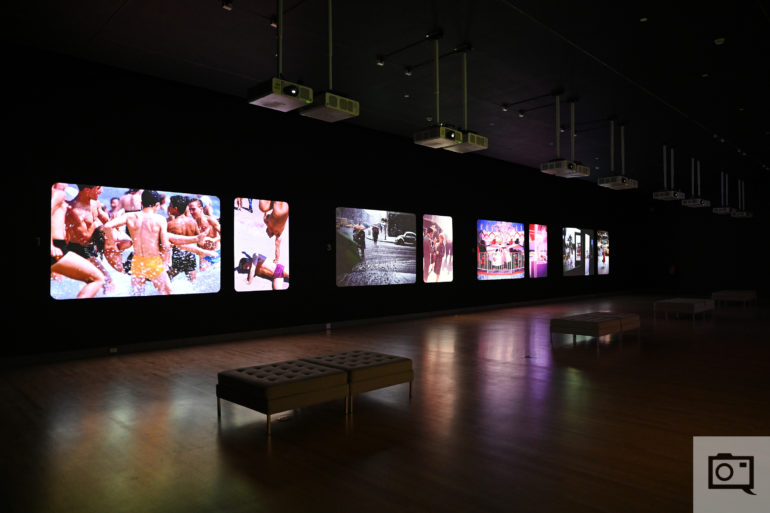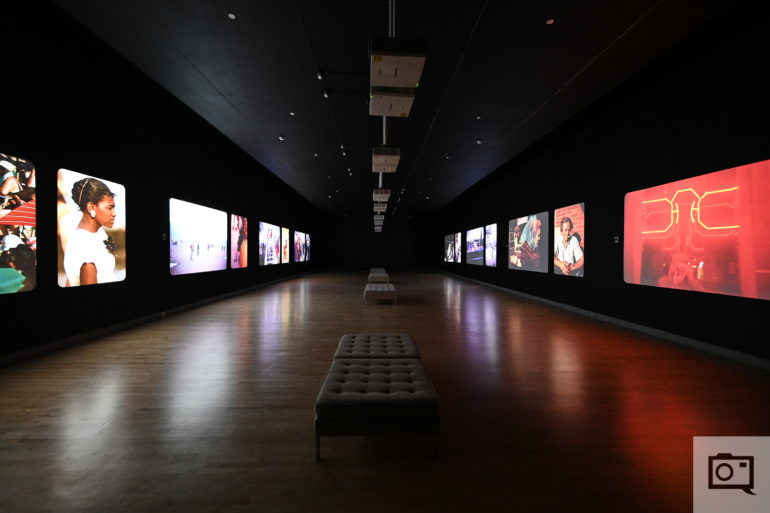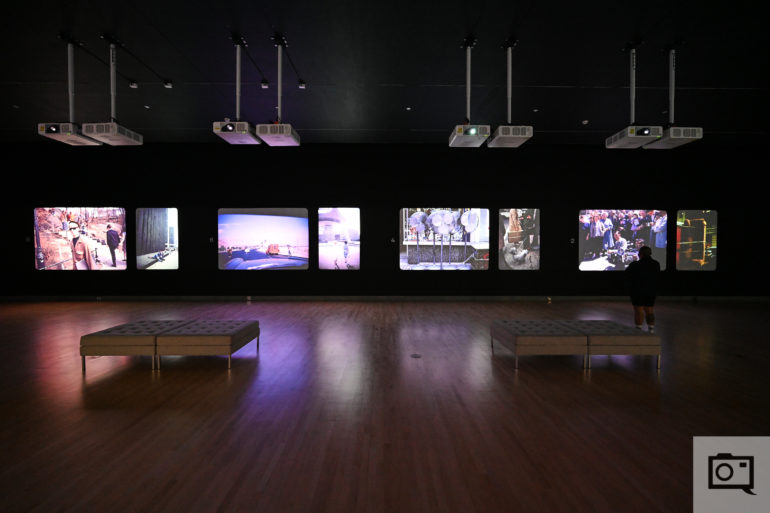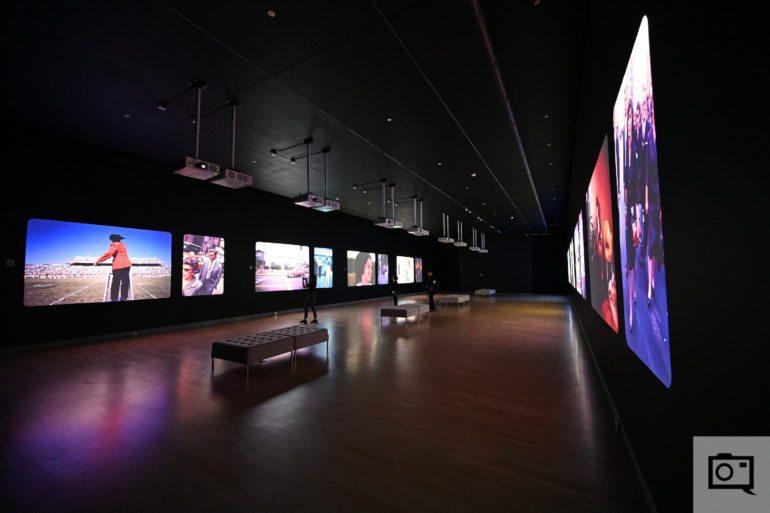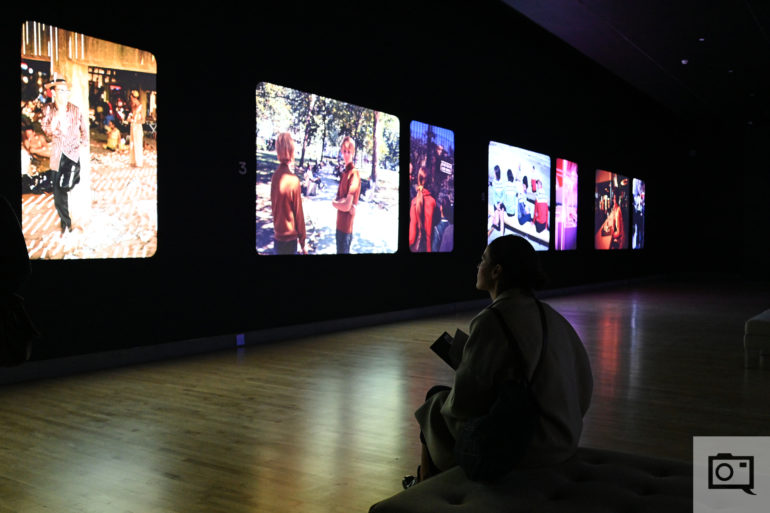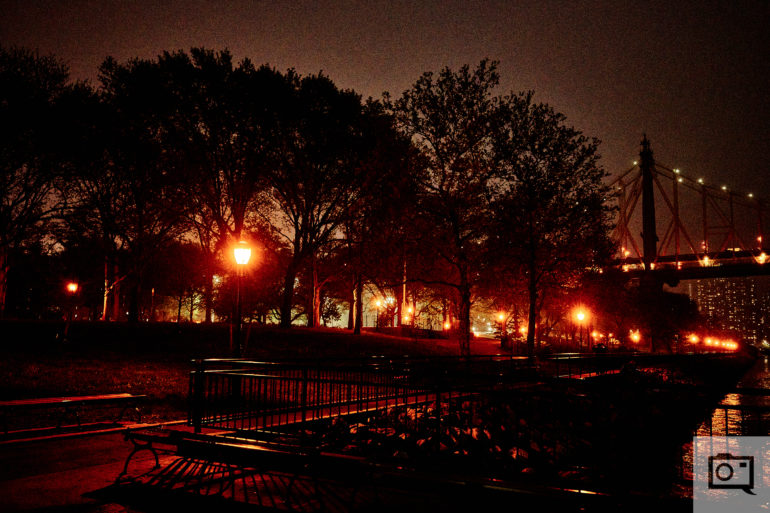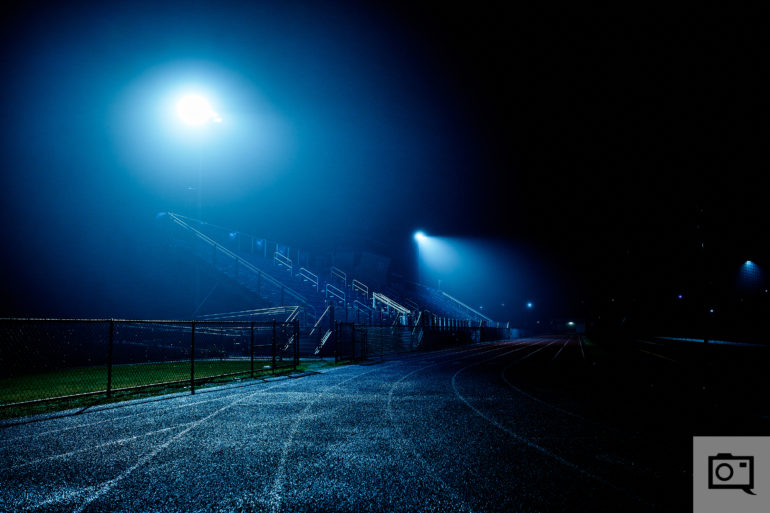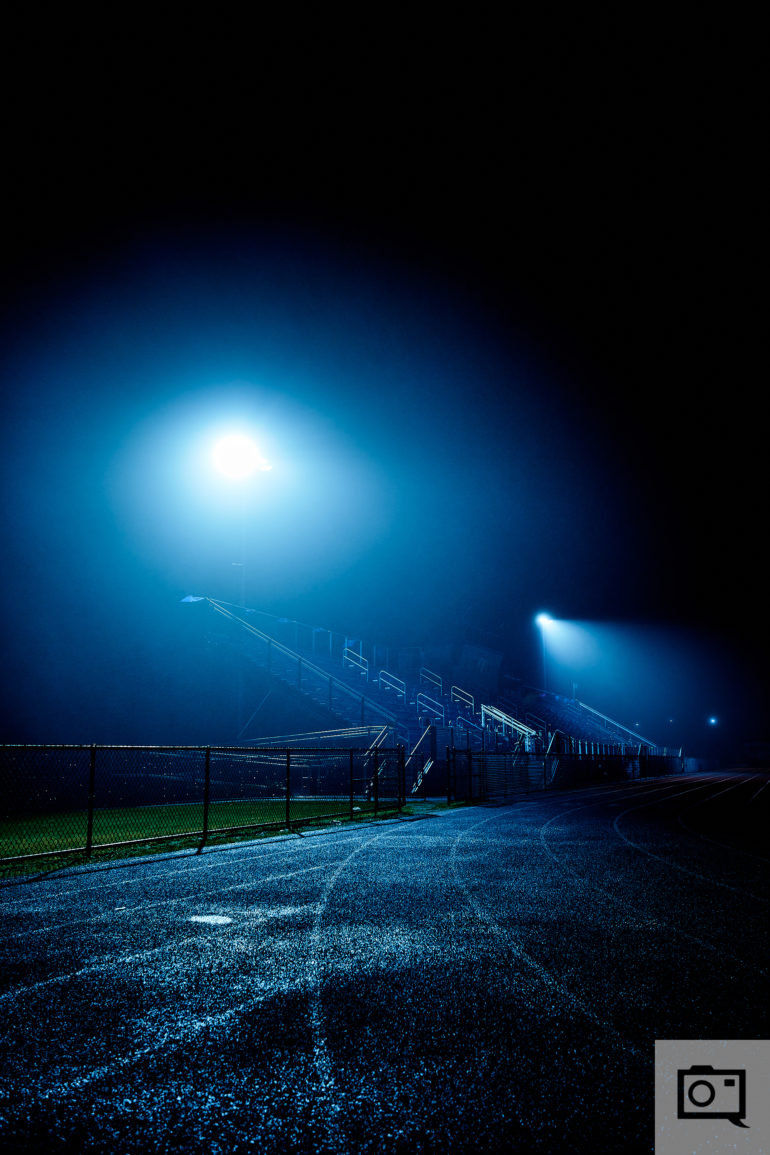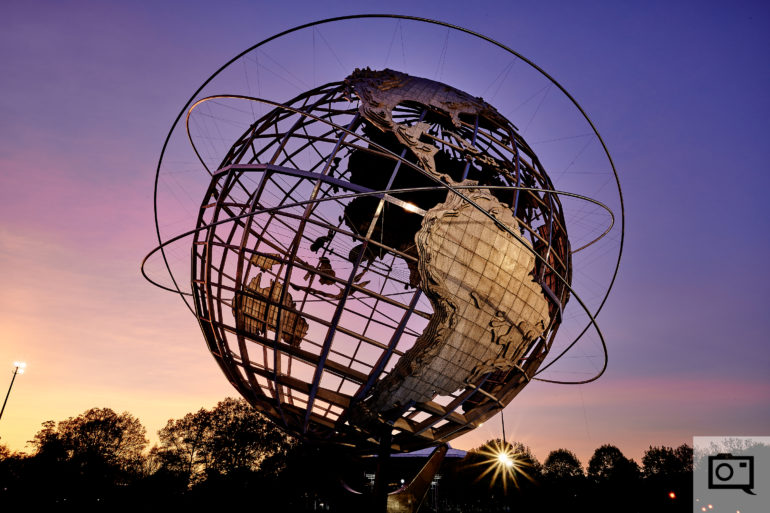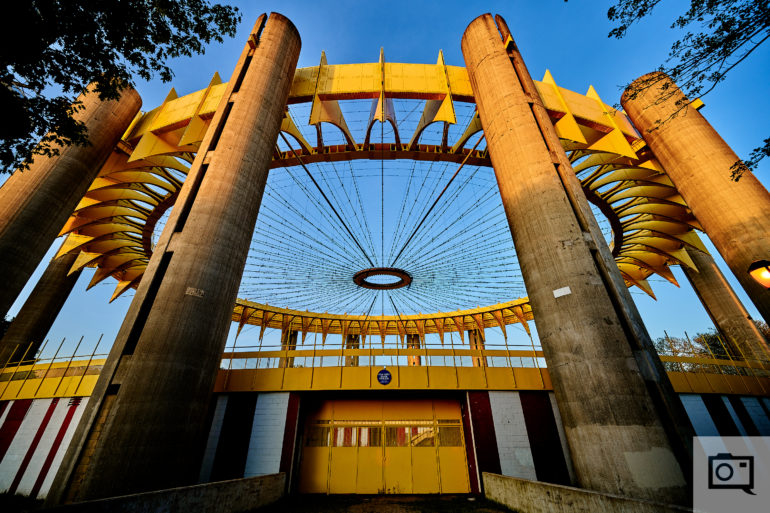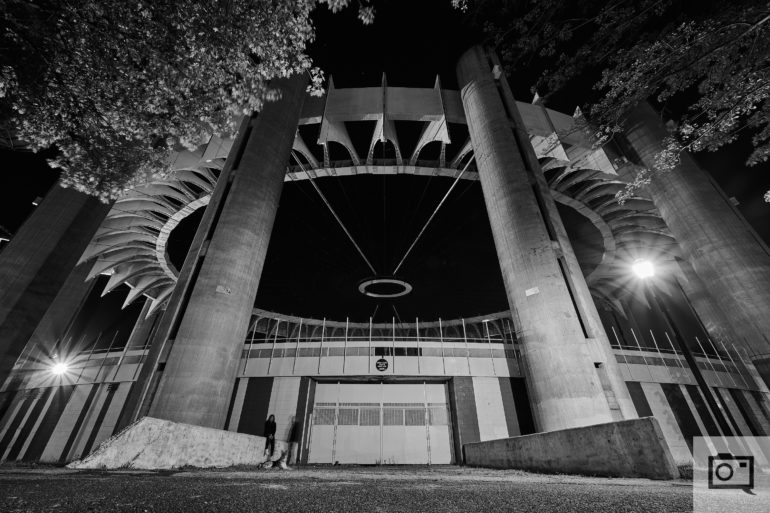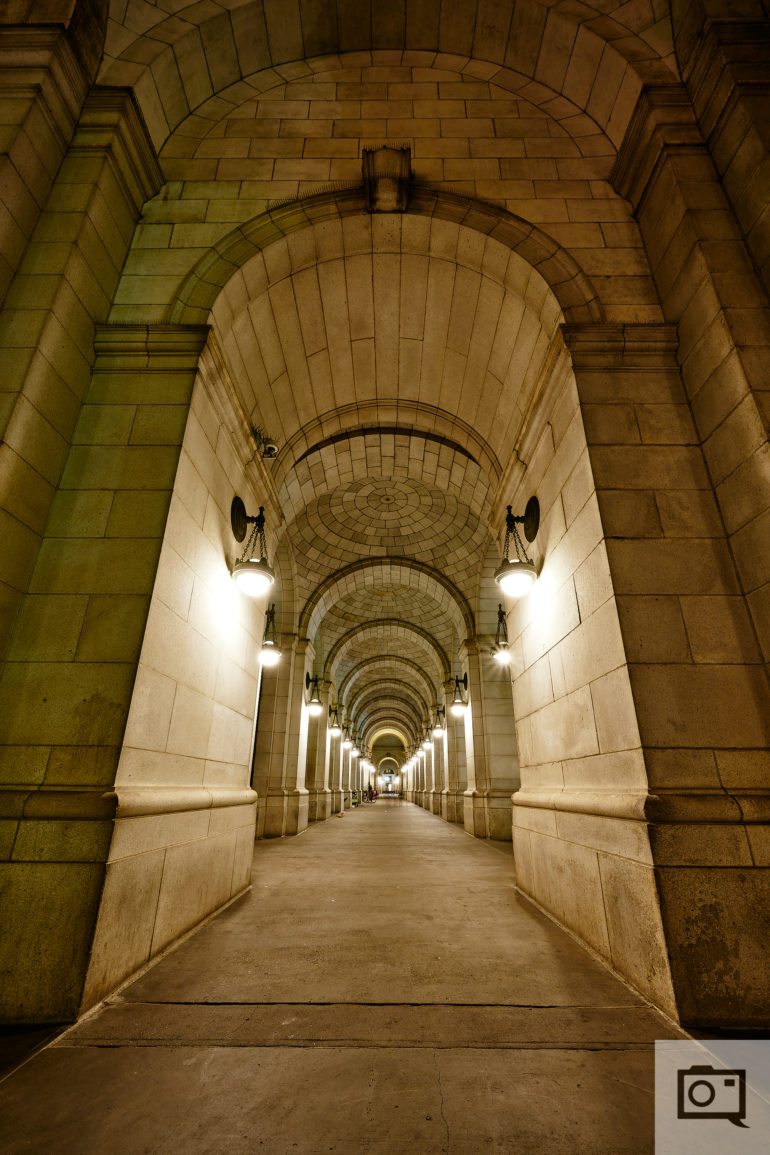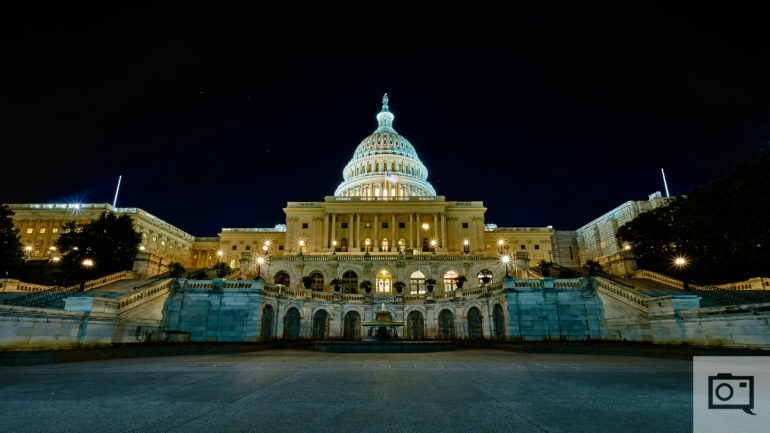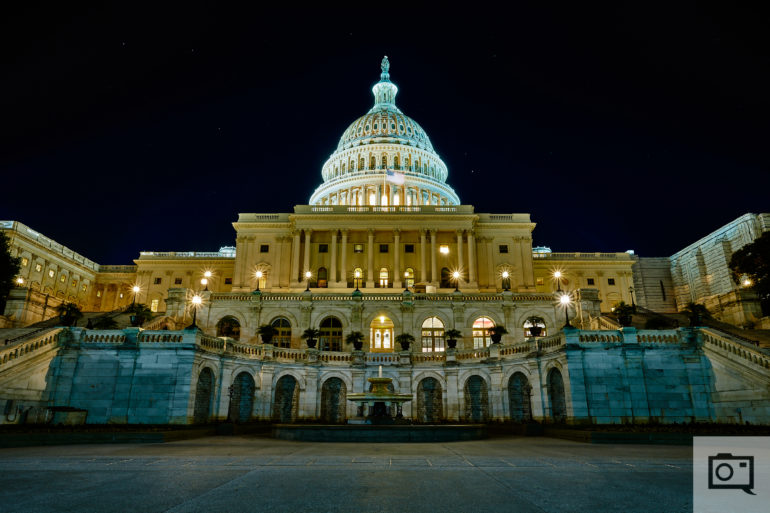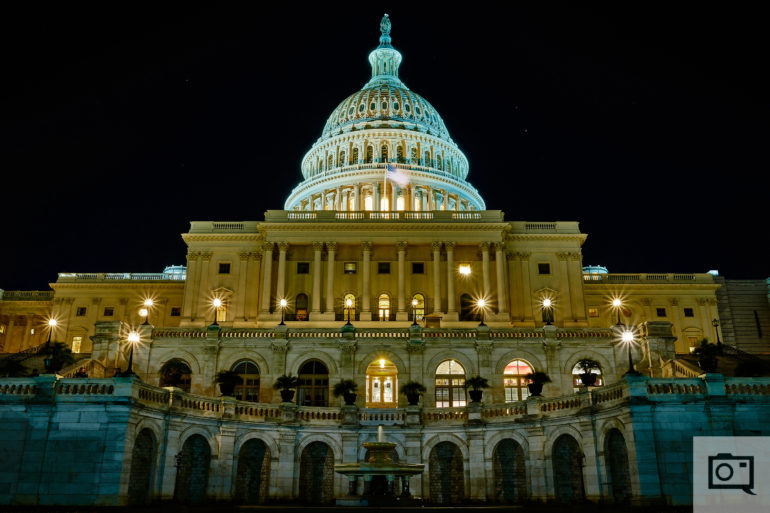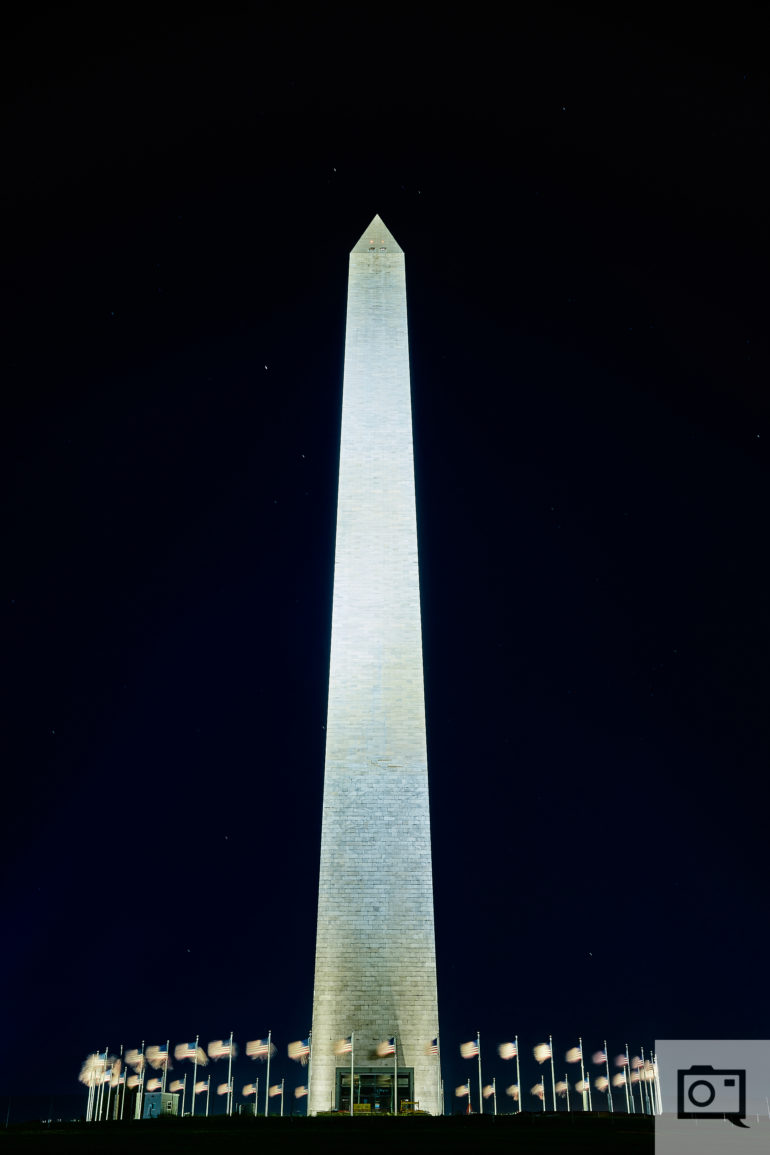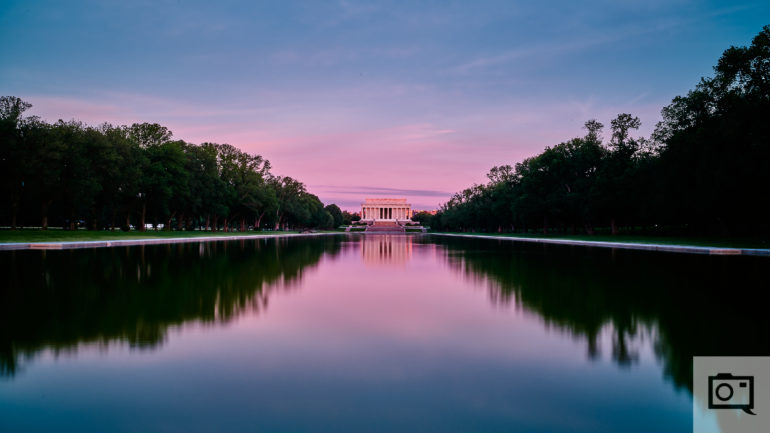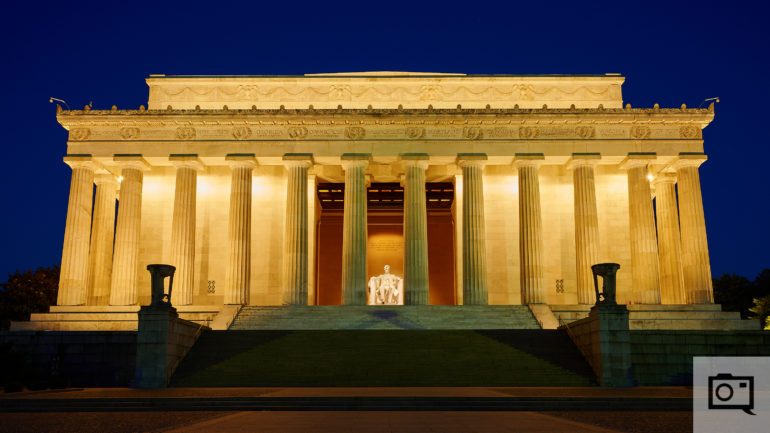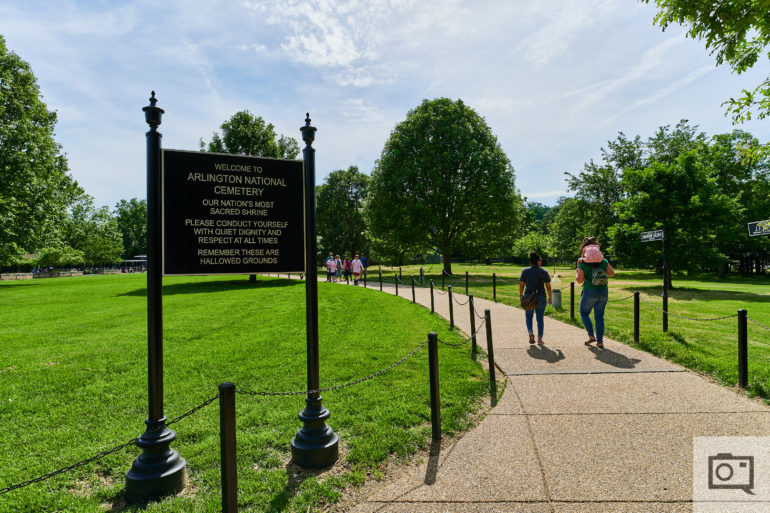Last Updated on 02/05/2020 by Brett Day
If you are in the market for an ultra-wide angle for your Nikon Z6 or Z7, the 14-30mm f4 S may well be at the top of your wish list.
The Nikon NIKKOR Z 14-30mm f4 S is an ultra-wide angle zoom designed for Nikon’s mirrorless Z mount cameras. It is both lightweight and compact and, at press time, the 14-30mm f4 is the widest autofocus Nikon Z mount lens available on the market. The Nikon Z 14-30mm f4 S is a welcome addition to the nascent Z mount lens lineup, which is about to celebrate its first birthday. One of the lens’ biggest selling points is its ability to accommodate threaded filters up front. This feature is extremely rare to find on an ultra-wide lens which typically includes bulbous front elements and thus requires the use of specialty filter mounting brackets. We got to spend some time with the 14-30mm earlier this year in Las Vegas during WPPI and were eager to get our review unit so we could put it through its paces and thoroughly test it in the wild. Head on after the jump to see if the Nikon NIKKOR Z 14-30mm f4 S is the right lens for you.
Pros and Cons
Pros
- Lightweight and compact
- Can accept threaded filters without needing to resort to cumbersome (and often expensive) filter mounting systems
- Ultra-wide focal length
- Weather sealing
Cons
- Maximum aperture of f4
- While the retracting mechanism keeps the lens smaller when not in use, it’s an added step that gets in the way of you taking the shot
Gear Used
We tested the Nikon NIKKOR Z 14-30mm f4 S with the Nikon Z7 running Version 2.0 firmware, and occasionally with the MeFOTO Roadtrip Leather Edition Tripod.
Tech Specs
Tech specs for the Nikon NIKKOR Z 14-30mm f4 S taken from Nikon’s official product page.
| Mount Type | Nikon Z Mount |
| Focal Length Range | 14 – 30mm |
| Zoom Ratio | 2.1x |
| Maximum Aperture | f4 |
| Minimum Aperture | f22 |
| Format | FX |
| Maximum Angle of View (DX-format) | 90° |
| Minimum Angle of View (DX-format) | 50° |
| Maximum Angle of View (FX-format) | 114° |
| Minimum Angle of View (FX-format) | 72° |
| Maximum Reproduction Ratio | 0.16x |
| Lens Elements | 14 |
| Lens Groups | 12 |
| Compatible Format(s) | FX |
| DX | |
| Diaphragm Blades | 7 |
| Distance Information | Visible in EVF with manual focusing |
| Nano Crystal Coat | Yes |
| ED Glass Elements | 4 |
| Aspherical Elements | 4 |
| Fluorine Coat | Yes |
| Super Integrated Coating | Yes |
| Autofocus | Yes |
| AF Actuator | STM (stepping motor) |
| Internal Focusing | Yes |
| Minimum Focus Distance | 11 in. (0.28m.) from focal plane at all zoom positions |
| Focus Mode | Autofocus |
| Manual | |
| E-type | Yes |
| Filter Size | 82mm |
| Accepts Filter Type | Screw in |
| Approx. Dimensions (Diameter x Length) | 3.5 in. (89mm) x 3.3 in. (85mm) |
| Distance from camera lens mount flange when lens is retracted | |
| Based on CIPA guidelines | |
| Approx. Weight | 17.1 oz. (485 g) |
| Based on CIPA guidelines | |
| Lens Type | Zoom |
Ergonomics
Ergonomics section taken from our First Impressions article.
The Nikon NIKKOR Z 14-30mm f4 S is a compact, ultra-wide-angle zoom lens for Nikon’s mirrorless Z Mount, constructed from a mixture of metals and plastics. As seen in the image above, the lens is very compact when the lens barrel is retracted in the “off position”. Etched onto the top of the outer lens barrel is the zoom range (14-30mm), maximum constant aperture (f4), and the alignment dot with which to mount the lens onto a Nikon Z6 or Z7 body. A large, rubberized Zoom Ring dominates the front of the outer lens barrel, allowing you to adjust its focal length. You’ll need to rotate the Zoom Ring into the “on position” in order to extend the inner lens barrel before you can start shooting. A smaller Customizable Control Ring is located just between the Zoom Ring and the zoom range markings and is set to manual focus by default.
Here’s the Nikkor Z 14-30mm f4 S when the inner lens barrel has been extended into the “on position” at 14mm.
The inner lens barrel of the Nikkor Z 14-30mm f4 S retracts as you increase in focal length (seen in the above image set to 30mm). At least, that’s what we’d call it.
Moving towards the front of the Nikkor Z 14-30mm f4 S, you can see the filter thread that surrounds the front element which supports 82mm filters. This eliminates the need for pricey, third-party filter systems that many ultra-wide angle lenses require for shooting long exposures.
Build Quality
Like the other first party lenses released so far for Nikon’s mirrorless Z mount, the NIKKOR Z 14-30mm f4 S is a weather sealed lens. We got caught in some pretty heavy rainfall while field testing the ultra-wide zoom on the streets of New York City, as well in Washington D.C. We experienced no hiccups with the lens. Unless you plan on using the Nikon NIKKOR Z 14-30mm f4 S underwater, we’re confident it’ll withstand most of the abuses one could encounter when photographing during less than ideal weather conditions.
Ease of Use
Like the Nikon NIKKOR Z 24-70mm f4 S we had reviewed previously, you need to first extend the lens barrel of the NIKKOR Z 14-30mm f4 S manually by rotating the Zoom Ring before you can begin shooting. It’s a minor inconvenience, but does help to minimize the lens’ footprint while not in use, and it’s honestly very straightforward to operate otherwise by virtue of it being an autofocus lens. The Zoom Ring takes up close to half the length of the lens barrel and allows you to dial in your focal range effortlessly. There’s also a Customizable Control Ring behind the Zoom Ring which defaults to Manual Focus control, but you can assign other functions to it if you’re only using this lens in autofocus mode. Being able to thread on Neutral Density filters or Circular Polarizers without needing to break out a third-party filter is certainly a rarity when it comes to working with ultra-wide angle lenses. This makes the NIKKOR Z 14-30 f4 S much more user-friendly, especially for traveling photographers who want to pack as little as possible.
Autofocus
When they were first released, Nikon’s Full Frame mirrorless cameras left something to be desired when it came to autofocus, but both the Z6 and Z7 have since received major firmware upgrades which undoubtedly improved autofocus performance. This was readily apparent during our time with the Nikon NIKKOR Z 14-30mm f4 S. The Nikon Z7 we tested the lens with was running the latest version 2.0 firmware and the lens felt noticeably quicker when acquiring focus. In low light and low contrast situations the 14-30mm f4 S did struggle at times to acquire focus – not uncommon for ultra-wide angles with a slower maximum aperture. You may opt to take over focusing duties in these scenarios by toggling the lens into manual focus mode.
Image Quality
The Nikon NIKKOR Z 14-30mm f4 S is the first native ultra-wide angle lens for Nikon’s Z mount Full Frame mirrorless cameras, covering a focal range favored by many architectural, landscape, and travel photographers. Slight vignetting is noticeable when shooting with the lens at its widest focal length, but rarely to the point where it becomes distracting. This can be easily remedied in post-production. Nevertheless, it’s something to keep in mind, particularly if you plan on attaching filters to the front of the lens.
Bokeh
Photographers with a bokeh rich diet should temper their expectations when it comes to the Nikon NIKKOR Z 14-30mm f4 S. This isn’t the lens you’ll want to reach for if it’s mind-blowing bokeh you’re after. This is due to it being an ultra-wide angle compounded by its comparatively slow maximum aperture of f4. With that said, background separation is achievable when photographing subjects close up thanks to the lens being able to acquire focus as close as 11 inches away.
Chromatic Aberration
The Nikon NIKKOR Z 14-30mm f4 S does an excellent job at mitigating flares and ghosting thanks to its four ED (Extra-low Dispersion) glass elements. We didn’t notice any distracting aberrations of note during our time with this lens.
Color Rendition
When shooting with the Nikon NIKKOR Z 14-30mm f4 S, you can expect the colors in your images to be reasonably accurate. For the most consistent results, however, we suggest that you lock your White Balance rather than relying on Auto White Balance.
Sharpness
The Nikon NIKKOR Z 14-30mm f4 S produces images that have excellent center sharpness throughout the focal range. Corners will be the sharpest when you’re zoomed all the way in at 30mm, with a slight but noticeable decrease in sharpness as you pull back to 14mm.
Additional Image Samples
Here are some additional images we shot with the Nikon NIKKOR Z 14-30mm f4 S using the Nikon Z7. As a matter of ethics, none of the sample images seen within this review have been retouched so that you can judge the quality of the images produced by this lens for yourself.
Conclusion
Likes
- Excellent image quality
- Small and light
- Resistant against the elements
Dislikes
- Having to extend the lens before shooting is a slight annoyance
With the NIKKOR Z 14-30mm f4 S, Nikon finally has a first party lens for their Full Frame mirrorless Z series that covers the ultra-wide focal range popular amongst photographers specializing in architectural, landscape, real estate, and travel photography. The 14-30mm f4 S for Nikon Z cameras produces remarkable images with outstanding sharpness and little to no distracting aberrations, and is constructed to withstand the elements while maintaining a diminutive footprint. Nikon mirrorless shooters yearning for a native ultra-wide angle option with a brighter maximum aperture may want to wait until Nikon’s 14-24mm f2.8, which is slated to be released sometime next year according to their roadmap for Z mount lenses. For most photographers shooting with ultra-wide angles, however, the Nikon NIKKOR Z 14-30mm f4 S should be more than up to the task.

The Nikon NIKKOR Z 14-30mm f4 S earns Five out of Five Stars. You can pick one up for yourself at Amazon.


